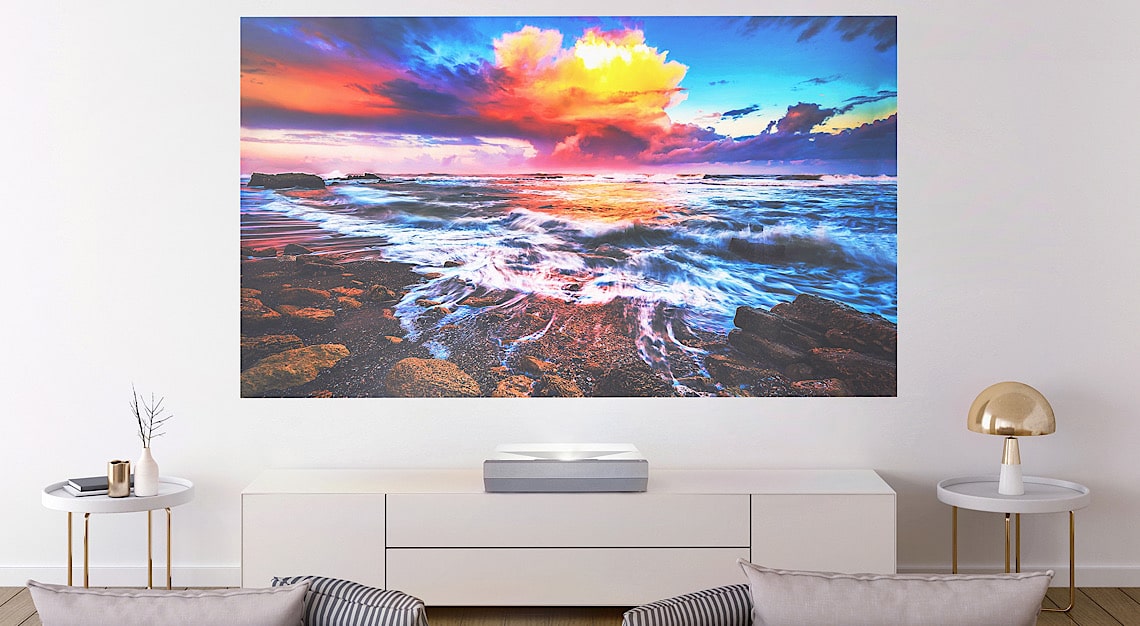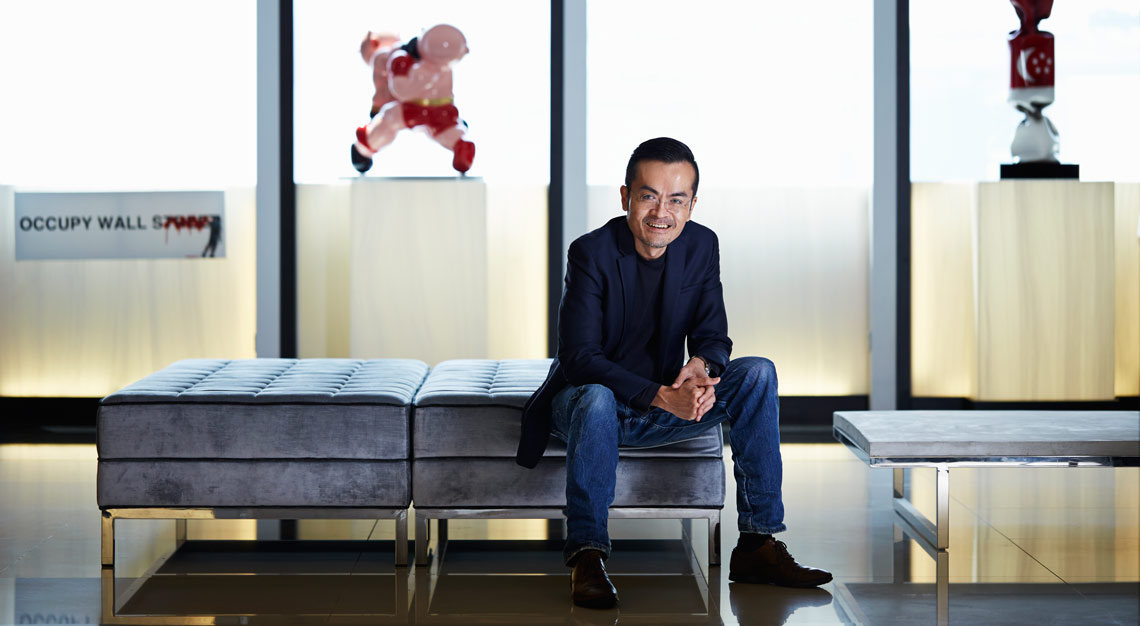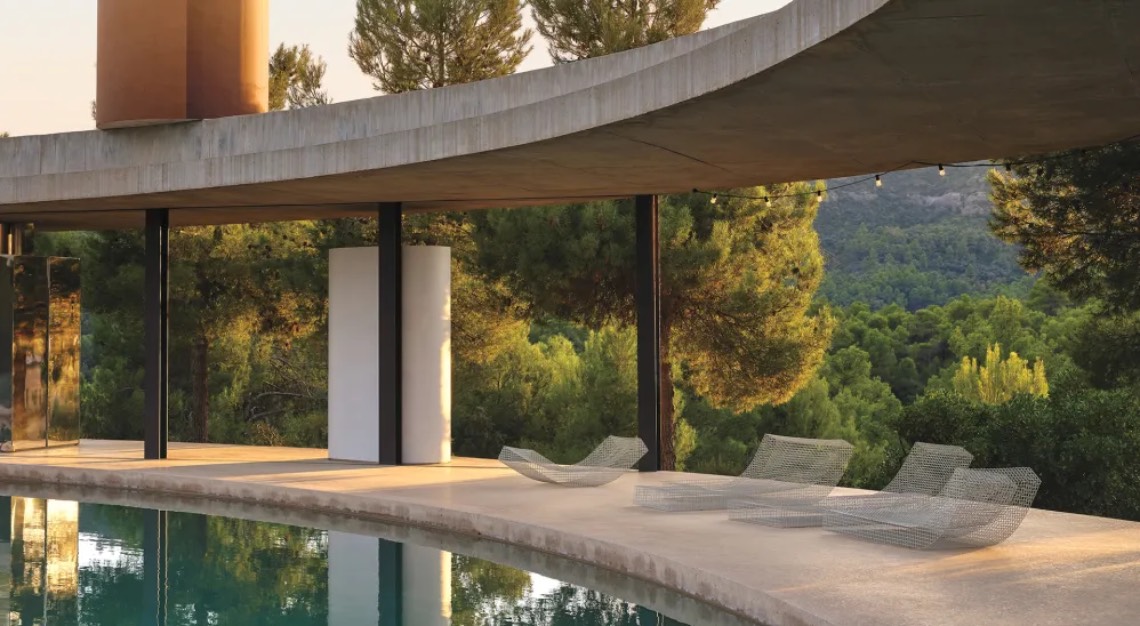As contemporary Latin American design finally takes centre stage, there’s never been a better time to discuss the region’s influence and heritage
On 8 March 2024, the Museum of Modern Art will open Crafting Modernity: Design in Latin America, 1940–1980, the first major museum exhibition in the United States focusing on mid-20th-century Latin American design. Organised by guest curator Ana Elena Mallet, a Mexico City–based art historian, and Amanda Forment, MoMA’s curatorial assistant in the department of architecture and design, the show will highlight six countries—Argentina, Brazil, Chile, Colombia, Mexico, and Venezuela—bringing together more than 100 objects to demonstrate how the industry can serve as a lens to examine wide-reaching political, social, and cultural issues in these regions. To get a better look at the subtleties of design happening in Latin America, and to celebrate the momentous exhibition, Robb Report brought Mallet together in conversation with Agnes Studio, a young, Guatemala City–based office founded in 2017 by Estefanía de Ros and Gustavo Quintana-Kennedy—Mallet has had her eye on them for the past several years.
Looking to reclaim their country’s rich creative heritage, the duo spent two years researching pre-Columbian craftsmanship to inform their furniture from a perspective that asks what a modern Guatemalan home would look like if the country had escaped colonization. The studio’s first solo show, Amuletos, is currently on view at Mexico City’s Ago Projects gallery through 10 April 2024. The following conversation has been edited for length and clarity.
Ana Elena Mallet (AEM): Latin America is a very broad, complex region. Every country has its nuances, and that’s what we’re trying to show in the exhibition. We’ve been taught a narrative of design in which modernity is seen through Europe and the United States, but in Latin America, the idea of modernity was very different. We’re taking the opportunity to look at design, especially [residential] design, and reflect on the ways that it exposes cultural and political narratives in the region. I think this exhibition is giving Latin America a voice, giving it an opportunity to tell its own story. There aren’t many books telling this shared history—the passed-on knowledge, the nuances, the narratives—and that’s very important. That’s part of why I’m very interested in [Agnes’s] work. You have such an understanding of tradition, materials, and history in a local and regional context.

Estefanía de Ros (EDR): Thank you. I really admire your work, especially your work about Clara Porset and Lina Bo Bardi. As a woman and a designer, it’s inspiring to hear these stories and it’s a great example that you’re telling the story of Latin American design when not a lot of [institutions] have.
AEM: There’s this idea of richness in craft in Guatemala and also this idea of exterior or foreign influences. Looking at people like Antoine de Saint-Exupéry or Alexander Calder, there are all these artists and designers that passed through Guatemala and lived and worked in Guatemala, and I see that’s happening again. How do you feel about that, and how do you see that developing?
Gustavo Quintana-Kennedy (GQK): In the 1960s there was this blooming art scene in Centro Cívico [a group of avant-garde and modernist architects and artists designed and decorated the civic buildings in the area], but 36 years of civil war broke out, and by the ’80s, ’90s, and early 2000s, the design scene here was almost nonexistent as an industry, or something that was considered important—it wasn’t. But, from 2010 through now, it has slowly been reviving, and a lot of that is through the younger generations, people who are contemporary to us and interested in discovering traditional crafts, methods, and materials. That seed of appreciating what we have here has led to a small revival, but part of the driving force of that has been these outside influences—not only what we know has historically happened here, but also the information you get from books and the internet, and I guess that has sparked a little bit of creativity and interest and led to this new wave of things happening here.
EDR: I think also one of the main focuses is that a lot of the traditional techniques have been lost. If you go to any small community, there are not that many people doing these specific crafts anymore.
GQK: In 2016, we did a show, Simbiótica, that connected contemporary designers and artists with traditional Guatemalan artisans. The idea was that they could learn from each other and create something in the process. The wool we used for the Lana chair comes from the highlands, and we found out that most of the weavers were migrating to the United States to work in construction and farm fields. There were maybe two or three families left doing it, and very few people were interested in continuing a craft that historically has always been a part of our heritage.
Every house in Guatemala used to have at least one rug made out of this wool. Now, many young designers and entrepreneurs have helped revive the interest in craft, and the communities are starting to embrace it again as an important part of their culture and economy. It’s been interesting to watch how this movement has helped some of these industries avoid going extinct.

AEM: Part of what I was interested in talking about in the last section of the exhibition was these national industries: For us in Latin America, craft is an industry. It gives a lot of jobs, creates a tradition, and is also good for the economy. Something that Amanda and I talked about when traveling was, at the end, when this dream of industrialization died in the ’80s when neoliberalism started to rise in the region, craft resisted. What I find really interesting is when we talk about craft as resistance and craft as a modus operandi for Latin American designers even today. In the last 10 to 15 years, I’ve noticed that designers are rethinking [the use of] traditional [design methods], not with cultural appropriation, but with respect. With Agnes, you talk about having a dialogue and creating long-term relationships with the communities, asking questions to really understand how they live and work and how they want to work. Guatemala is a small country, but the craft industry there is super powerful.
EDR: Craft not only produces beautiful objects, but there’s a communal environment created around it. Craft is about working together, using your hands. I work with girls that embroider together, which provides a space for communities to form, and that can be very empowering for women.
GQK: This is part of what people are asking for now in terms of ethics when it comes to sourcing. People are more aware of what they are purchasing and want to know the story behind it. And not only the story of the object but the story of both parties—the designers and the craft communities. I think the way we work resonates with a lot more people now.
Five names to know

Daniel Orozco Studio: Big Lamp
As part of Tulum-based designer Daniel Orozco’s dedication to sustainability and working with raw materials, his newest collection, Forms of Stone, utilises rocks of all colours. One piece, the totemic Big Lamp, combines marble and stone in the base, while a textured palm-fibre shade brings softness to the form.

Pedro Franco: Ícones Chairs
Despite its eye-catching shape (in fact, there are six versions), the Ícones chair was designed to “create a counterpoint to the ‘Instagrammable’ phenomenon,” according to its creator, Pedro Franco, who says he’s embodying an aesthetic where “design is communication.” Each of the chair’s multiple profiles, cut into black sheet metal, is a maximalist delight.

Ries Estudio: Pasto Chair
Pasto, the most recent collection from Buenos Aires–based Ries Estudio, is a conceptual and material research project the team has pursued since 2021. Working in Argentina’s Pampas region, the designers harvest and dry the native grasses, sort them by length, and then meticulously assemble the forms piece by piece to create a series of functional sculptures used as molds and cast in aluminium.

Giorgio Bonaguro: Sertão Table
Designed for furniture brand Morfosi by Giorgio Bonaguro, who splits his time between Brazil and Italy, the Sertão table is a tribute to northeastern Brazil and its heritage of leather craftsmanship. The marble top sits on a conical wooden base covered with various cuts of hand-sewn leather that create uniquely irregular patterns.

Comité de Proyectos: Vilma Display Cabinet
Part of a furniture trio dubbed the Sentinels, the Vilma display cabinet by Mexico City design studio Comité de Proyectos is a limited-edition piece inspired by the ancient belief in a symbiotic relationship between humans and nature. Carved by hand from solid huanacaxtle wood, the Vilma’s intricate, sawtooth-edged cabinet sits on a rattan base woven at a family-owned workshop in Mexico City.
This story was first published on Robb Report USA






